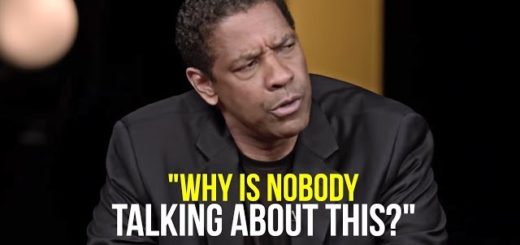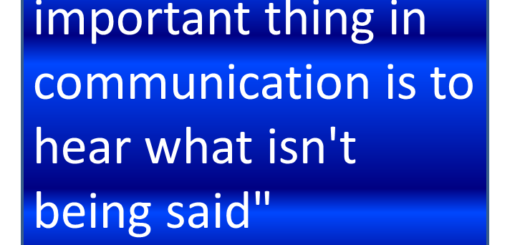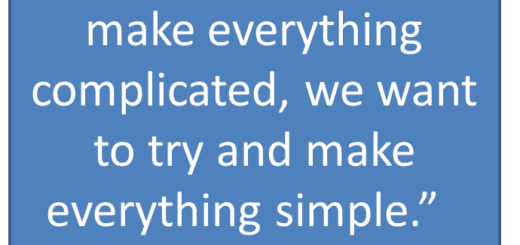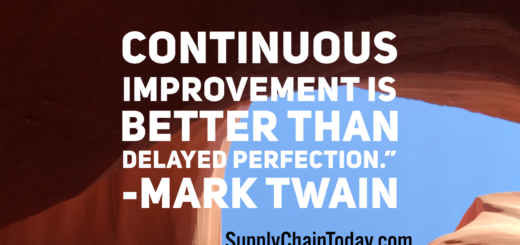Fight for Yourself: How to Sell Your Ideas.
Fight for Yourself: How to Sell Your Ideas and Crush Presentations
“Fighting for Yourself: How to Sell Your Ideas and Crush Presentations”
“Fighting for Yourself: How to Sell Your Ideas and Crush Presentations” is a book title or a topic that suggests strategies for effectively presenting and promoting your ideas, whether in a business setting, academic environment, or other contexts. While I cannot provide specific details from this book (assuming it exists), I can offer some general advice on how to sell your ideas and excel in presentations:
- Know Your Audience: Understand who you’re presenting to and what their interests, needs, and expectations are. Tailor your message to resonate with your audience.
- Craft a Clear Message: Make your message concise and easy to understand. Highlight the key points and benefits of your ideas or proposals.
- Practice, Practice, Practice: Rehearse your presentation multiple times to ensure you are comfortable with the material and can deliver it confidently. This will help you crush any nerves.
- Engage Your Audience: Use storytelling, visuals, or interactive elements to engage your audience and make your presentation memorable.
- Anticipate Questions: Prepare for potential questions and objections that may arise. This demonstrates your expertise and readiness.
- Confidence and Body Language: Stand tall, make eye contact, and use positive body language to convey confidence. A confident demeanor can be just as persuasive as the content of your presentation.
- Use Visual Aids Wisely: If you use slides or visual aids, ensure they enhance your message, rather than detract from it. Keep them simple and visually appealing.
- Address Concerns: Acknowledge and address any concerns or objections your audience may have. Show that you’ve considered potential challenges and have solutions.
- Tell a Compelling Story: Weave your ideas into a narrative that engages your audience emotionally. Stories are often more memorable than dry data.
- Timing and Pace: Be mindful of the time you have for your presentation. Keep your pace steady, and don’t rush through important points.
- Seek Feedback: After your presentation, solicit feedback from colleagues or peers. Constructive criticism can help you improve your future presentations.
- Continuous Improvement: Learning how to present effectively is an ongoing process. Keep refining your skills and adapting to different situations.
If you’re interested in a specific book or resource on this topic, I recommend checking your local library, bookstore, or reputable online retailers for books on presentations, public speaking, or persuasive communication. Many authors and experts have written extensively on this subject, offering valuable insights and practical advice.








































